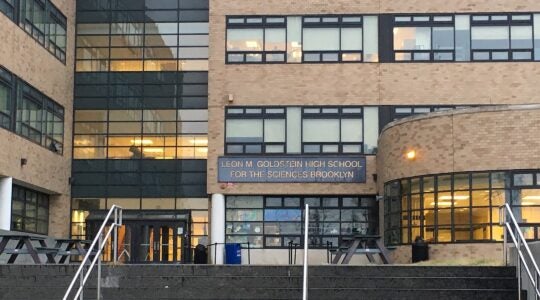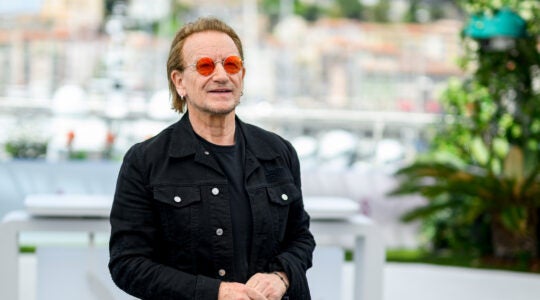ROME, March 4 (JTA) — When a controversial Holocaust monument is finally built in the heart of Vienna, it will be the city’s first memorial dedicated solely to Jewish victims of the Shoah. Vienna’s mayor, Michael Haupl, announced Tuesday that the city, which is funding the project, would go ahead with construction on Judenplatz — Jews Square, the former center of the medieval Jewish ghetto. Haupl’s announcement ended years of controversy about the monument, which was originally to have been unveiled Nov. 9, 1996 — the anniversary of Kristallnacht, when marauding bands of Nazis destroyed Jewish property and synagogues in Nazi-held territory in 1938. “I am happy that things are finally proceeding,” said Vienna Jewish community leader Paul Grosz. Construction of the monument had been delayed both by the discovery of the remains of a medieval synagogue underneath Judenplatz and by criticism of the monument’s design and location. The design by British artist Rachel Whiteread, called “The Nameless Library,” is a large cube of white concrete cast to convey the sense of a library turned inside out. Some local people said the monument would be a security threat for the neighborhood. Other critics said the modern, stark concrete would be too sharp a contrast with the surrounding Baroque buildings. Some members of Vienna’s 14,000-member Jewish community said they feared the memorial could become a target for anti-Semitic acts. Others said such a monument should not be in a such a prominent position — yet others said the remains of the synagogue should be monument enough. Haupl announced that the site of the monument would be moved slightly from where it had been originally planned to allow for the complete excavation of the synagogue. The medieval synagogue under excavation was burned down in 1421 during a pogrom that lasted months. During the terror, about 100 Jews committed mass suicide in the synagogue. On one house on the square, a Latin plaque erected later in the 15th century states that the flames purged the sins of the “Jewish dogs.” Heidrun Helgert, an archaeologist who has worked on the synagogue excavation, said in an interview that the synagogue would be turned into a museum that would complement the monument. It was not clear how long it would take to complete the monument. Components of the structure are already completed and have been under storage outside Vienna for some time.
JTA has documented Jewish history in real-time for over a century. Keep our journalism strong by joining us in supporting independent, award-winning reporting.





